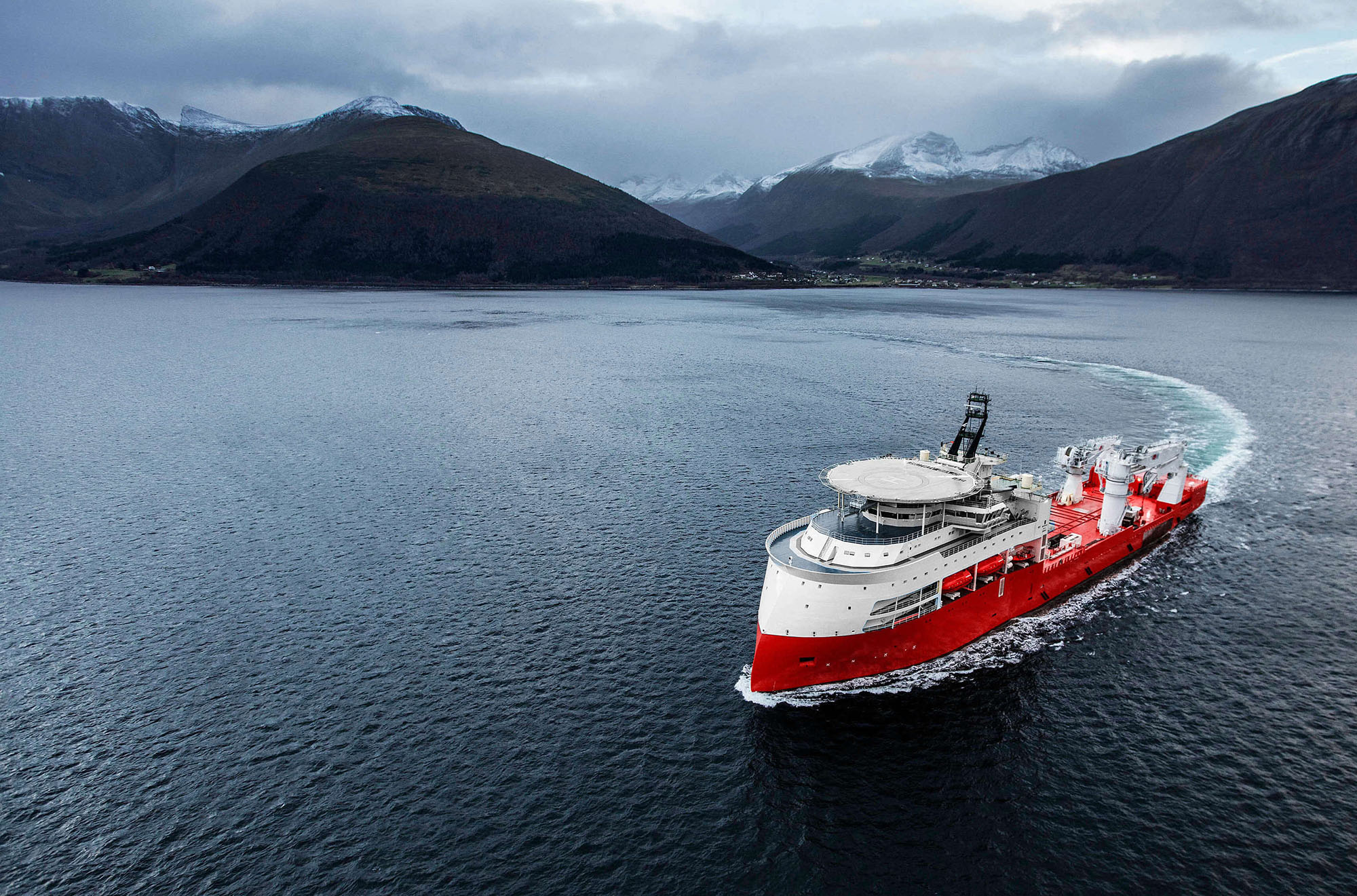
Publications
Ship Sale and Purchase Broking
Ship Sale and Purchase Broking
The role of a shipbroker
The role of a shipbroker is to act as an intermediary between the two parties to a contract, whether they are Shipowners and Charterers in the chartering market, or Buyers and Sellers in the Sale and Purchase market, or Customers and Shipyards in the newbuilding market.
Shipbroking works because of economies of scale in knowledge management, which arise from the differentiation of labor – principals concentrate on managing their core business, outsourcing broking activities to the independent specialized companies, which have an in-depth knowledge of the markets and processes they are dealing with.
Brokers’ place in the shipping industry value chain
Main catalists for evolution of the industry
- Development of shipping industry
- Development in information and communication technologies
The evolution of shipping information systems
Decentralization of shipbroking in the 1960-ies
- by activities
- by ship type
- geographically
Today’s types of shipbroking companies
- big multinational players
- niche players
- small brokerages
Analysis Framework - Porter's Five Forces Model (is a tool for analyzing competition of a business. It draws from industrial organization (IO) economics to derive five forces that determine the competitive intensity and, therefore, the attractiveness (or lack of it) of an industry in terms of its profitability)
Low entry/exit barriers
- common technology
- absence of specialized high cost assets
- low switching costs for the buyers
- low buyers’ loyalty to the company
High bargaining power of customers
- information availability
- buyers are quite sensitive to the amounts of fee charged for brokerage services
- product differentiation is generally very low
- threat of backward integration
- 20 per cent of Buyers generate 80 per cent of income
Low bargaining power of suppliers
- cheap and freely available ICT
- labour market
Low threat of Substitutes
- Internet brands have proven difficult to build
- users held back from buying new systems (absence of industry standard)
High Rivalry Among Existing Competitors
- no clear market leader
- increasing transparency
- reducing number of clients
- global competition
Different Forces - forces driving the supply of tonnage for sale
- forced by the financial institutions
- fleet renewal
- asset play
Asset play is supported by the fluctuating prices for vessels
As the prices are volatile most of the time, there is always space for an asset play. In this respect, the demand for broking services is pretty much stable.

Key success factors for a company in the shipbroking industry
1. close links with Principals
2. pro-activeness
3. ability to manage talent of its employees
4. innovation and addition of more value adding activities to the service
CONTRACT PROFORMAS USED IN S&P
BARECON 2017 / BARECON 2001 / BARECON 89
BIMCO SALEFORM 2012 / SALEFORM 1993 / SALEFORM 87
OTHER SALE FORMS (NIPPONSALE 1999, Singapore Sale Form 2011 and others)
NEWBUILDCON, OTHER FORMS OF NB CONTRACTS
DEMOLISHCON, OTHER FORMS OF DEMO SALE CONTRACTS
Where can you get a professional post graduate education? 



Evgeniy Dolgikh, 14.03.2018
download pdf back
